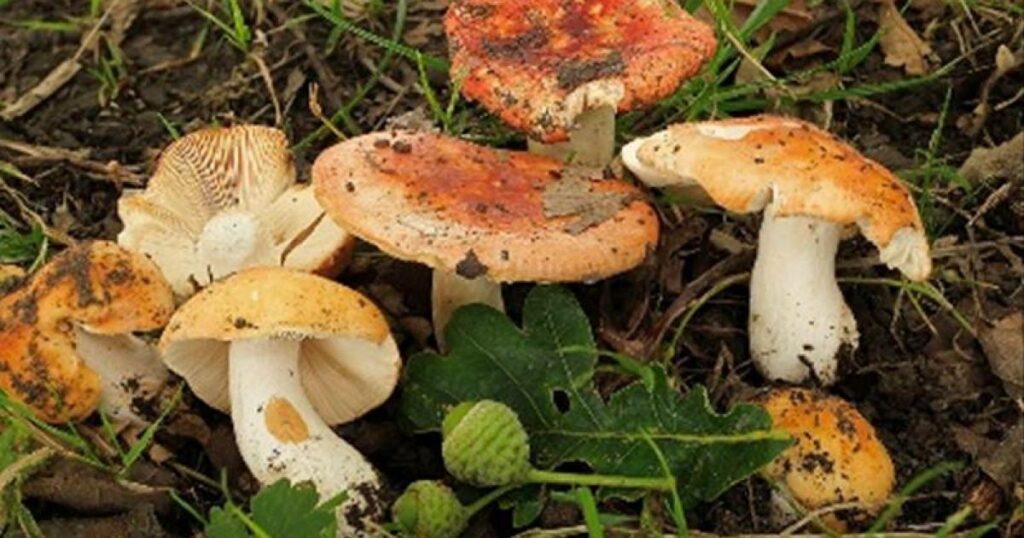Russula blumiana, a coral-pink fungus, was identified using DNA sequencing and is the only known population of its kind in the country.
The discovery was made in Epping Forest, an open space on the edge of east London managed by the City of London Corporation.
Caroline Haines, chair of the City Corporation’s Epping Forest and Commons Committee, said: “This extraordinary discovery underlines the incredible biodiversity of Epping Forest.
“Fungi are not only beautiful to look at, but they are vital to wooded ecosystems – helping trees absorb nutrients, supporting wildlife, and driving the natural processes that keep our Forest thriving.”
The City of London Corporation is reminding visitors that picking mushrooms is against Epping Forest byelaws and poses a threat to both common and rare fungi.
Fungi play a key role in forest ecosystems by helping trees absorb nutrients, supporting wildlife, and enabling natural processes that sustain the forest.
Rare species are especially sensitive to environmental conditions and may only fruit once in many years.
Indiscriminate picking reduces the spread of spores and harms invertebrates that depend on specific fungi and habitats.
Since 2020, the City Corporation has issued ten fixed penalty notices and four conditional cautions, each carrying a £160 penalty.
There have also been nine byelaw convictions since 2021, resulting in a total of £2,268 in fines.
Ms Haines said: “We’re asking visitors to enjoy fungi with their eyes and cameras only – never by picking.
“It is against Epping Forest byelaws to remove mushrooms or any natural material.”
Epping Forest and its buffer lands cover around 8,000 acres and are home to approximately 1,500 species of fungi, including many that are rare and ecologically significant.
The forest is one of the last remaining examples of ancient wood-pasture in southern England and holds national and international conservation status as a Site of Special Scientific Interest (SSSI) and a Special Area of Conservation (SAC).
The City of London Corporation protects 11,000 acres of green space across London and the southeast, investing millions of pounds every year.




